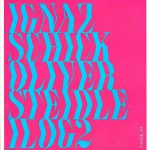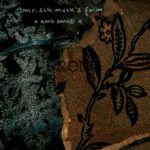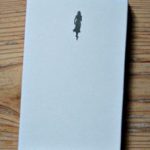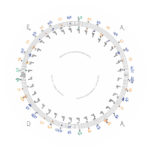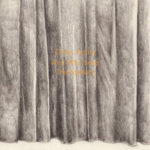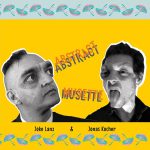Grün Wie Milch / Alamut
20,00 € VAT Included
Out of stock
Side A: Thorsten Soltau (D) turntables
Recorded & edited october 2010 | mixed & compiled september 2011 | 19:48 min
Side B: Preslav Literary School (UK) electronics, tape recorder
Recorded september 2011 | 19:55 min
core 003, limited edition of 300 copies, deluxe custom silkscreen print on bag
“Thorsten Soltau’s Grün wie Milch (green as milk) is at first a beautifully compiled mix of gaudy plunderphonics. Like in all good collages, visual or audible, Soltau uses a wide variety of notorious sounds that function as hints in a scavenger hunt to take you to imaginary landscapes. The process of this young artist’s cut-up turntable work is well listenable and seems to squiggles bold and fresh from the needle directly into your ear. While listening and virtually scrapping off more and more of the vinyl locked groove layers, you get deeper into the Soltau sound universe and realize his immense digging for textures in the contemporary and primeval sound mud. Rough and dirty glitches and crackles, snippest of percussion, hypnotic piano loops, distorted and pitched voices all in an amazing vinyl aesthetic.
Preslav Literary School – Alamut is the B Side of this awesome split LP and the third vinyl release from Preslav Literary School in a year. In addition to the tape-static symphonies that have become something of a trademark for the Berlin-based artist, there are also more structured movements that touch upon a range of musical infuences from Popol Vuh to Terry Riley and even, as the opening five minutes testify, the fugues and contrapuntal work of Bach. Beginning with the prologe „Ronald Reagan, total…” from an 1987 radio special, Preslav Literary School unfolds a magnificent 20 minute drone tragedy. It’s intriguing, how this extremely decellerated Bach organ fugue is deconstructed and transformed into mesmerising Chandler tapeloops and degrading magnetic tape fragments, unfolding into an ambience that could as easily belong to the early electronics experiments of the sixties, the uneasy ambient works of the eighties or the post-techno deconstruction witnessed by the turn of the century. This is a beautiful piece of sound art.”






